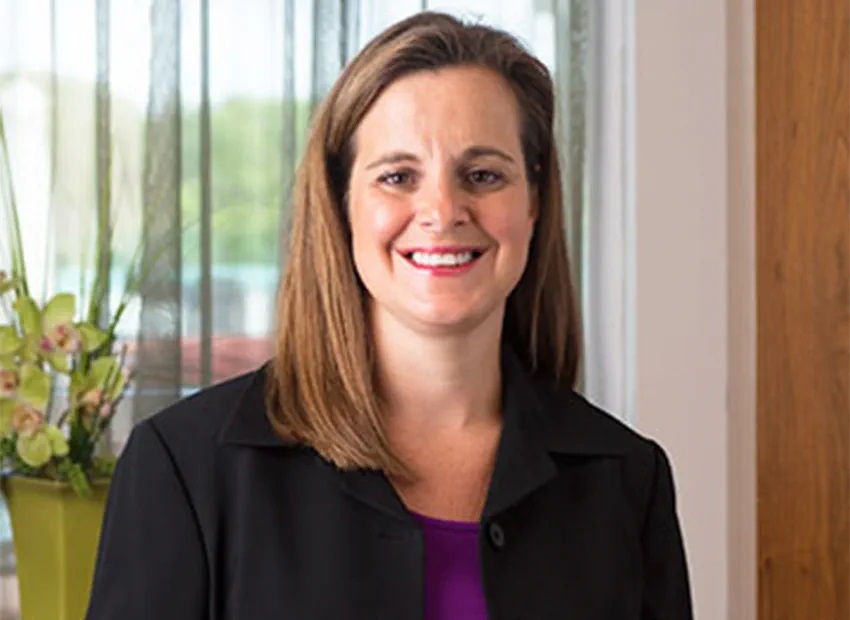Department of Education Extends Payment Pause for Millions of Federal Student Loan Borrowers as Legal Cases Continue
Federal courts judges in Missouri and Kansas ordered injunctions preventing the US Department of Education from continuing to implement SAVE provisions while lawsuits are considered as to whether the administration has overreached its authority. As a result, until the legal matters are resolved the Department of Education has put a pause on borrowers’ payments enrolled in the SAVE Program.
A federal judge in Missouri placed an injunction on the Department of Education from carrying out “any further loan forgiveness for borrowers” under SAVE until he decides the whole case. This injunction includes the SAVE plan provision that has allowed for shorter timelines for forgiveness and cancellation of debt after 10 years for borrowers who borrowed less than $12,000.
At the same time, a federal judge in Kansas blocked the final step in the SAVE program implementation which would have reduced the income-based payment requirement for undergraduate borrowers from 10% to 5% of income above 225% of the federal poverty line, which would have cut undergraduate SAVE borrowers payment in half effective in July. Borrowers with a mix of undergraduate and graduate debt would have benefited from a weighted average between 5 and 10%. This comes shortly after servicers already reached out to borrowers to place into an administrative forbearance while they had planned to recalculate SAVE payments in July. In mid-July, the Department of Education initially paused all SAVE activities and placed borrowers in the initial forbearance.
Updated Tips for Borrowers in Uncertain Times
Due to the 8th U.S. Circuit Court of Appeals granted a temporary stay, which again blocks US Department of Education from further implementation of the Saving on a Valuable Education (SAVE) repayment plan, including the reduction of payments for undergraduate borrowers from 10% to 5% of income above 225% of the federal poverty line and further loan forgiveness under this income-driven repayment plan, the Department of Education has paused all borrower payment under SAVE and placed borrowers in a forbearance that was extended October 22, 2024 for at least 6 additional months.
What Borrowers Can Expect
The Department of Education has instructed servicers to place borrowers in the current SAVE repayment program in an interest-free forbearance while they determine the necessary course of action. This forbearance began for the August payment and will remain in place until there is a change in the legal challenges or servicers are able to move forward with billing borrowers.
Important Note: This forbearance cannot count as month(s) towards Public Service Loan Forgiveness (PSLF) or Income-Driven Repayment (IDR) Forgiveness. Payments made during the forbearance will be applied to future payments, unless a request is made to cancel the forbearance and go back into repayment under a different plan.
Currently the only active IDR plans are the Income-Contingent Repayment (ICR) Plan for Parent PLUS borrowers or Income-Based Repayment (IBR) Plan for other federal borrowers. Borrowers may apply for the SAVE plan, but they will be placed into forbearance. Borrowers may apply for one of these IDR plans online at studentaid.gov/idr.
What Borrowers Can Do
Borrowers working towards forgiveness, PSLF or IDR:
Borrowers should not panic as we wait for details and next steps. The Department of Education anticipated that the IDR payment count adjustment would be complete by September 1, 2024 which will give many borrowers additional time towards PSLF and IDR forgiveness, but not this current forbearance. As of late October 2024, we are still awaiting the IDR payment count tracker on the Federal Student Aid website.
Public service borrowers who are concerned about these missed month(s) towards PSLF will have an opportunity to make payment(s) through the Public Service Loan Forgiveness Buyback program once you reach 120 months of qualifying employment and payment. Borrowers who have not been in repayment for at least 10 years may not request the buyback yet. Under the buyback program you will submit a request directly to the Department of Education who will determine the IDR payment amount you would have had to make during this time and total payment will be due to your servicer within 90 days.
Borrowers who plan to take advantage of this time of interest-free forbearance, might consider setting aside the funds from your prior SAVE payments for now and either use those funds for future student loan payments or to pay down other debt. PSLF borrowers who plan to utilize the buyback program may want to save those funds to use at that later date.
Borrowers who are close to forgiveness, PSLF or IDR:
Borrowers may apply to change your repayment plan to another IDR plan to continue making immediate progress. Payments under IBR will calculate higher than SAVE unless you had a significant change in circumstances (e.g. income and/or family size).
Borrowers who would prefer to expedite repayment:
If forbearance is not of interest and borrowers want to review options to repay—schedule coaching to reassess repayment strategies. Our coaches can help determine the other repayment plans available and how that will impact individual borrowers.
The future of the SAVE plan is very unclear at this point. Borrowers should stay tuned in to information from their loan servicers and the Department of Education. We will provide updates as details and next steps unfold.






